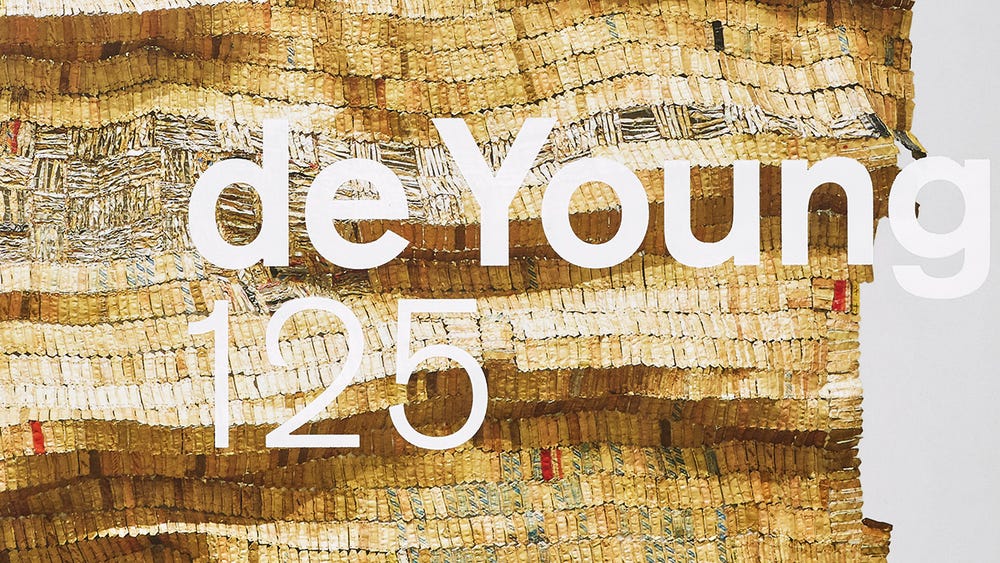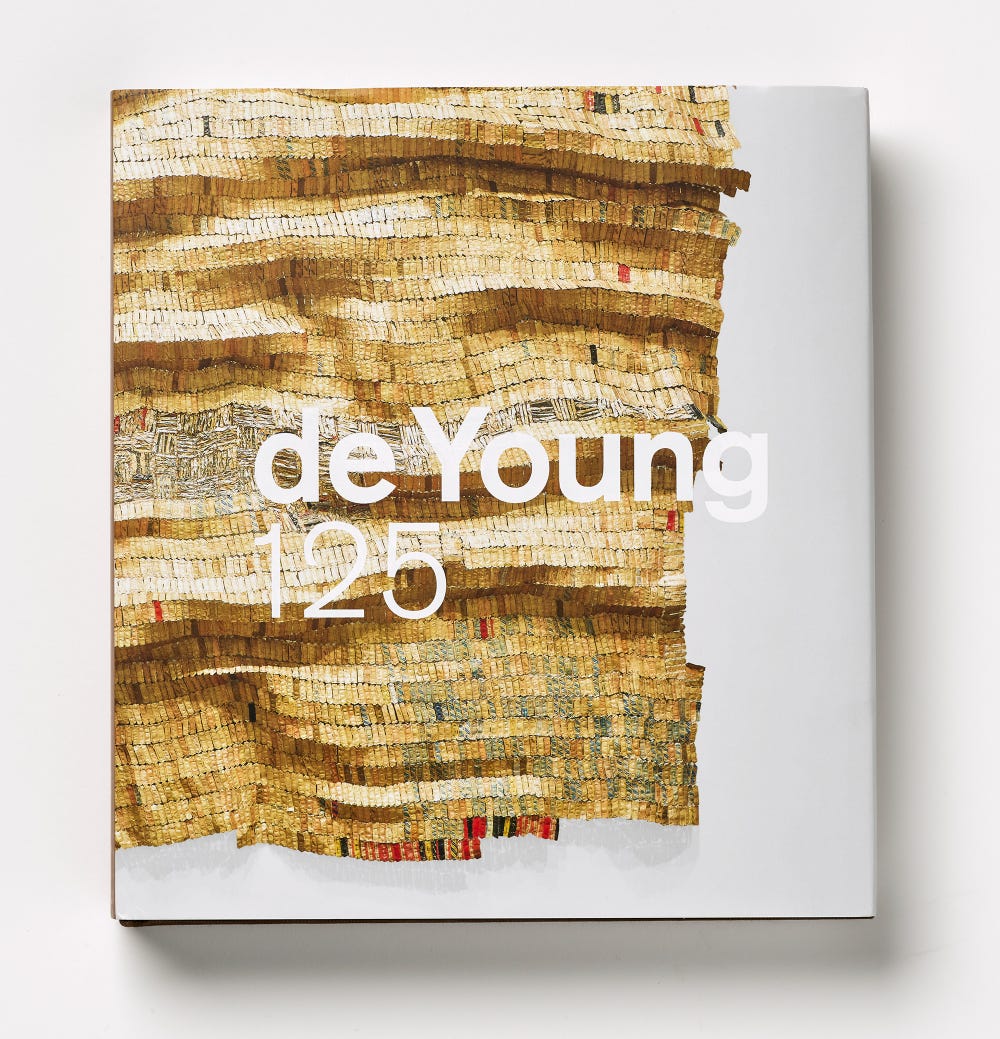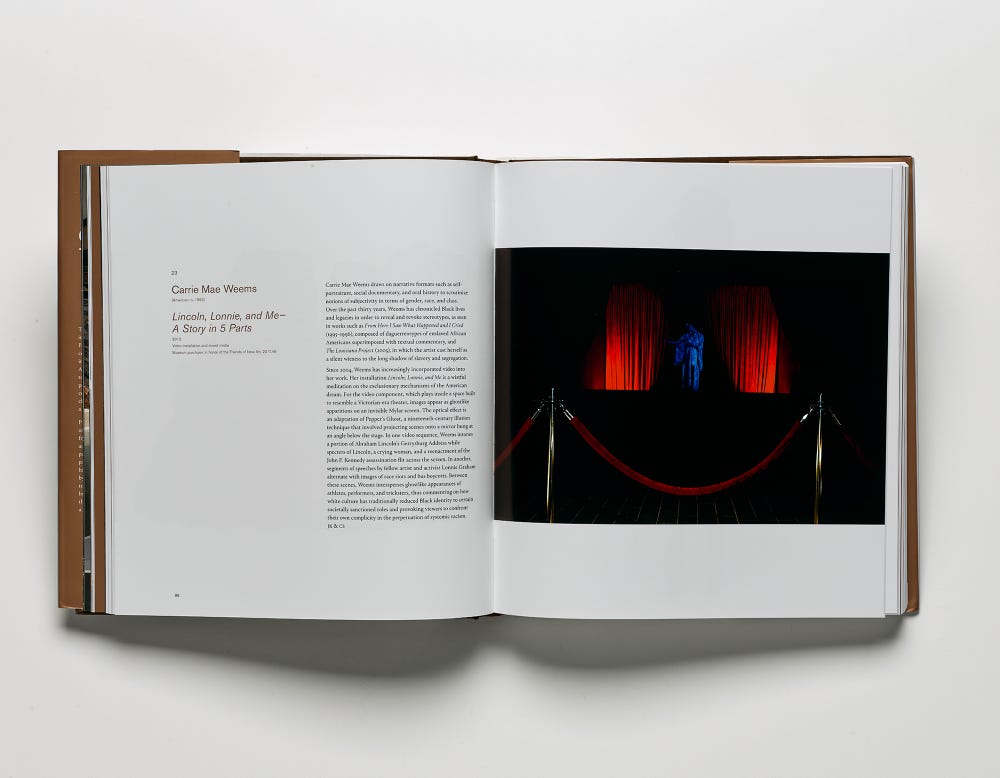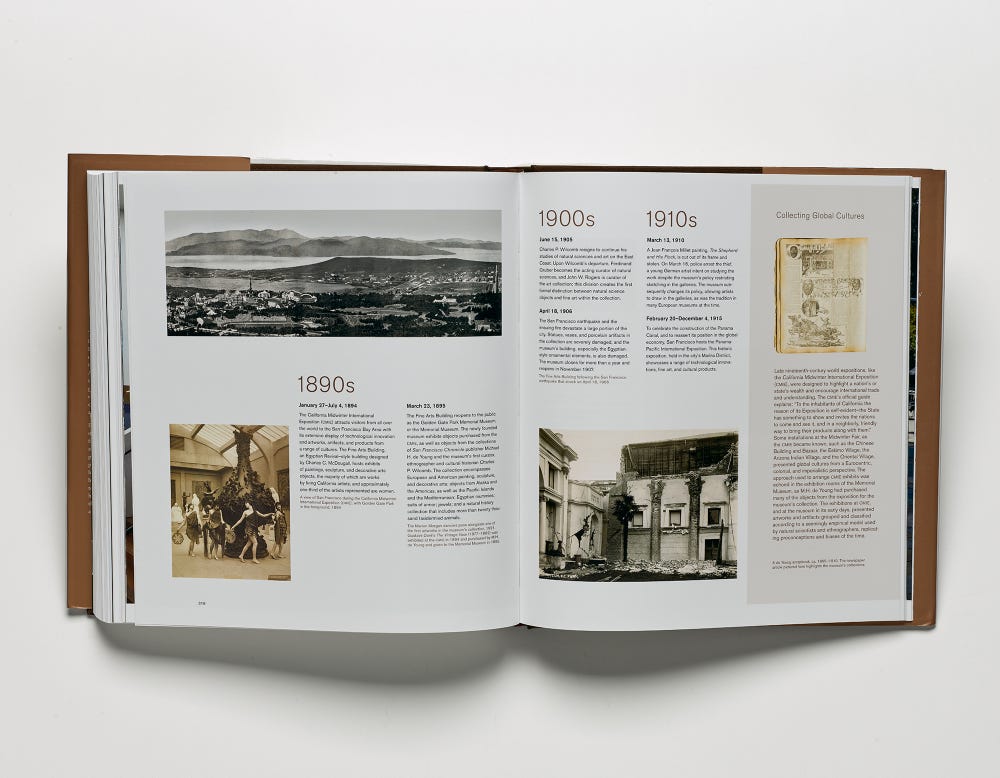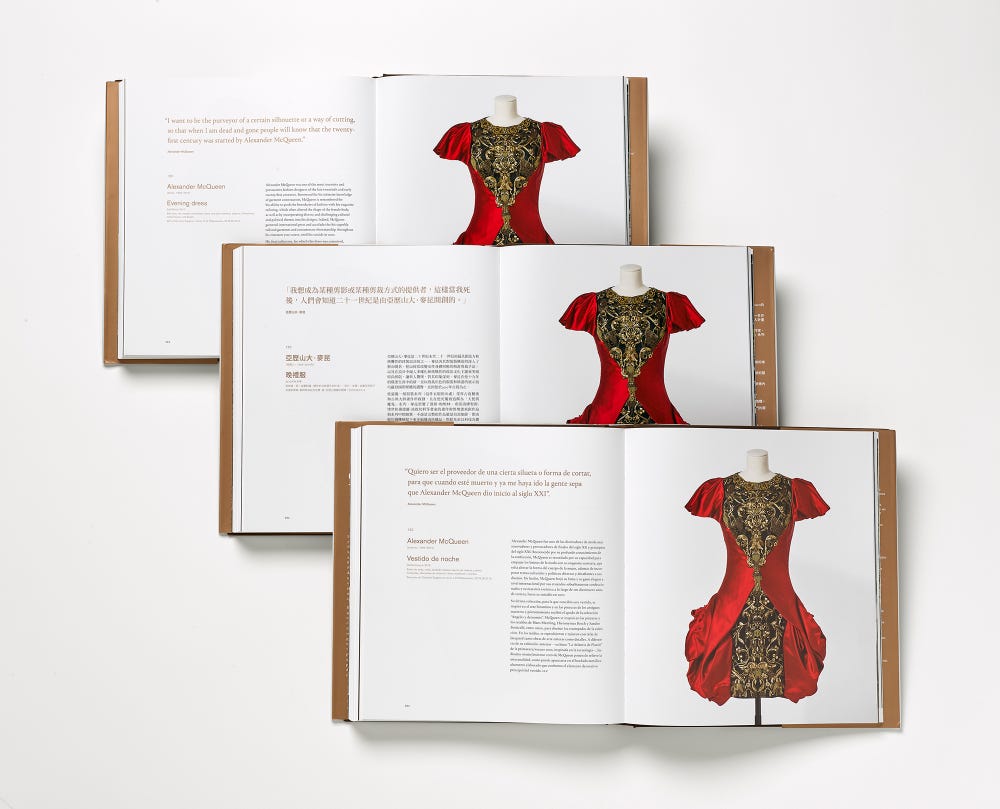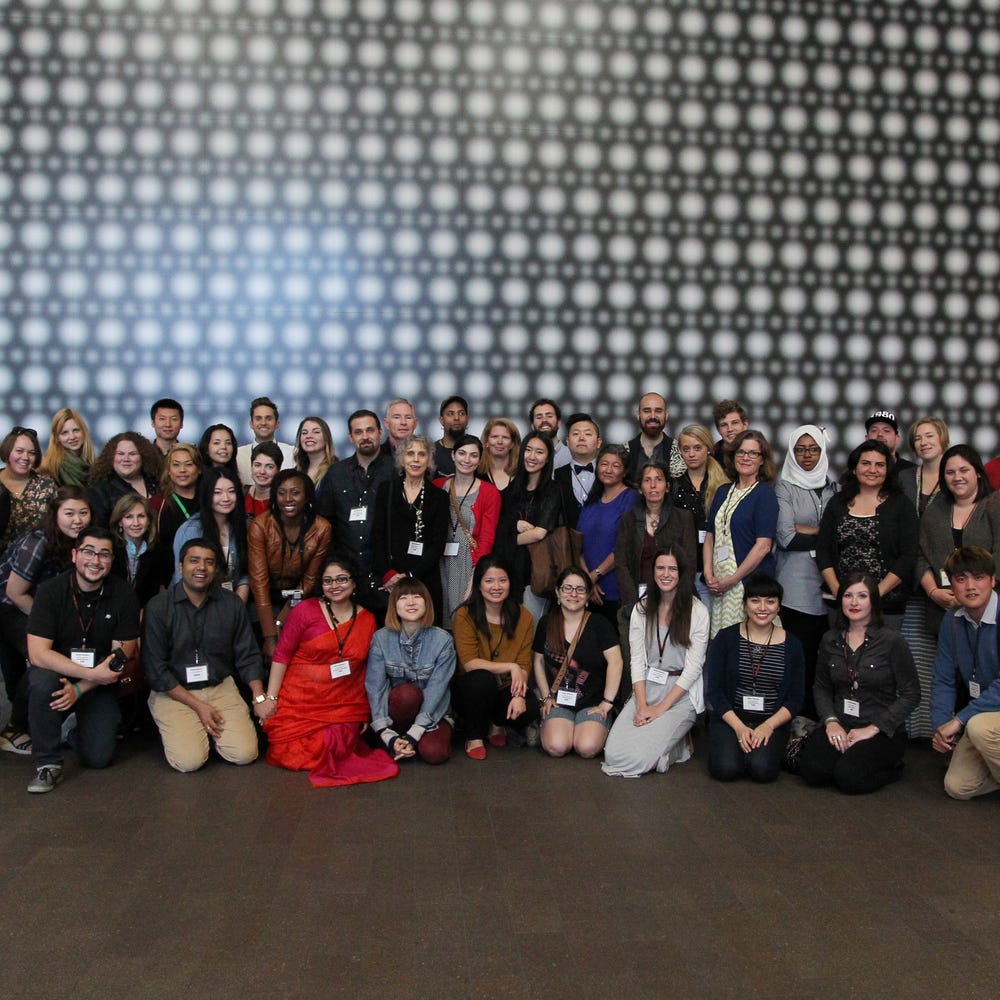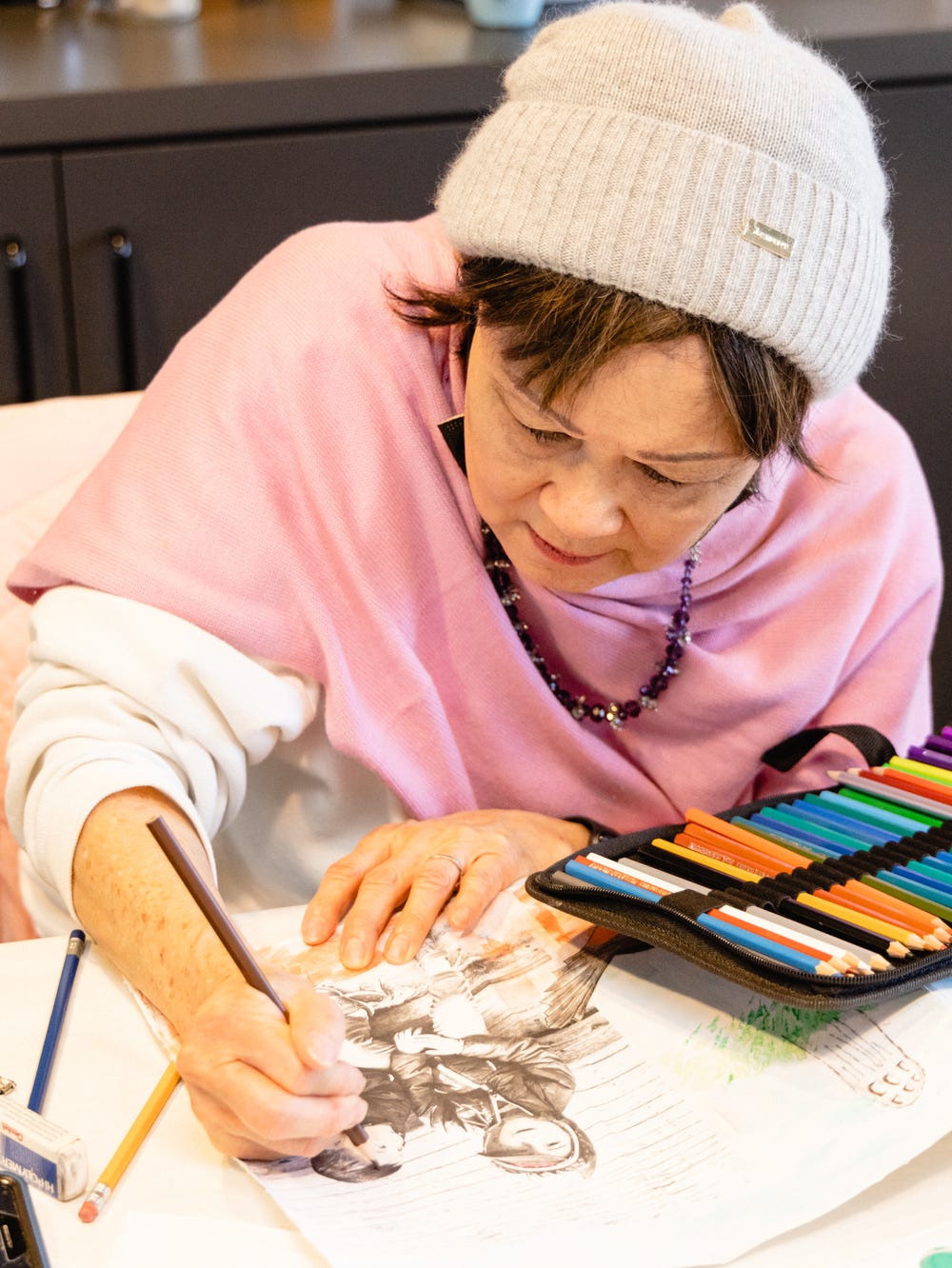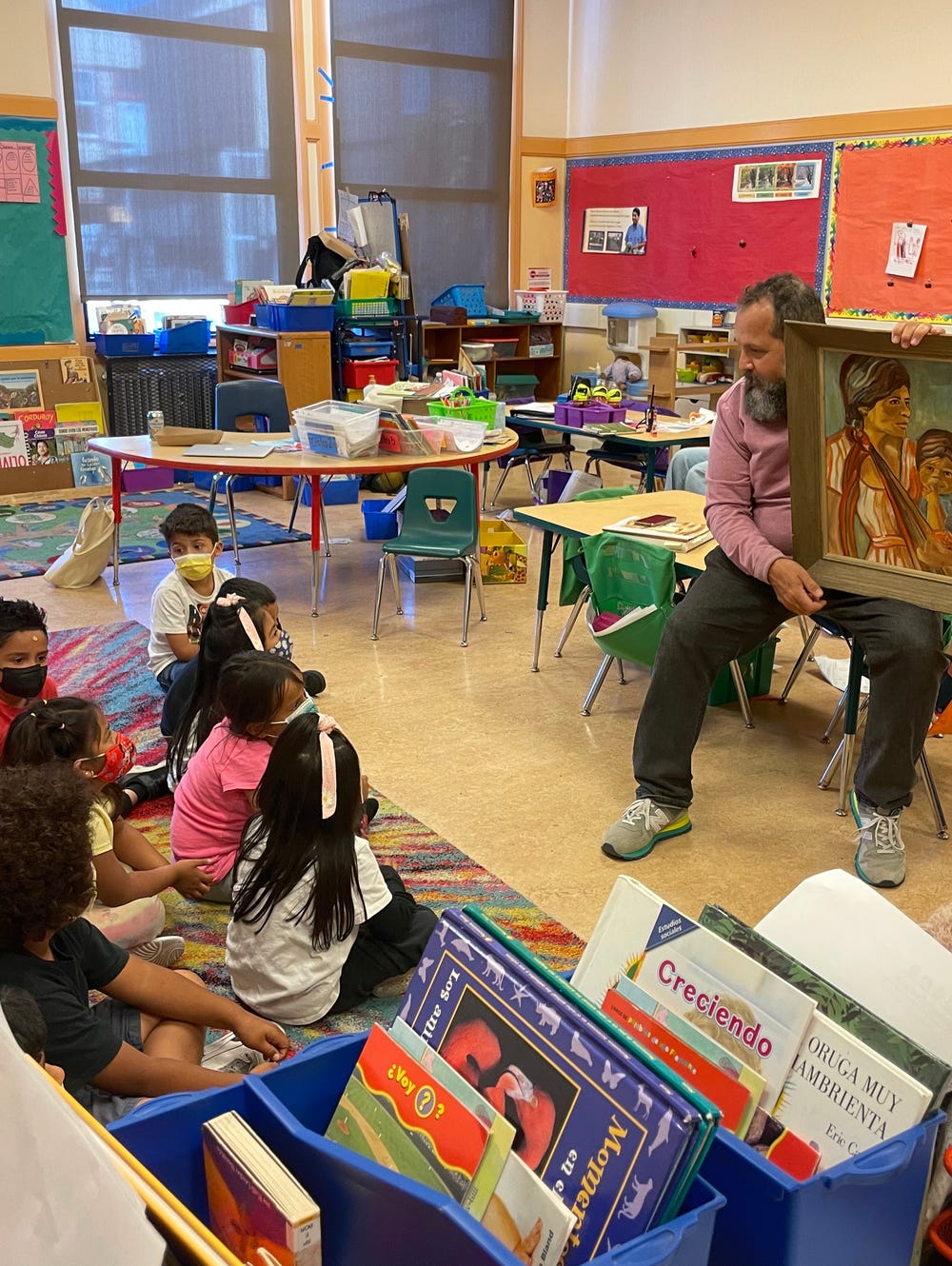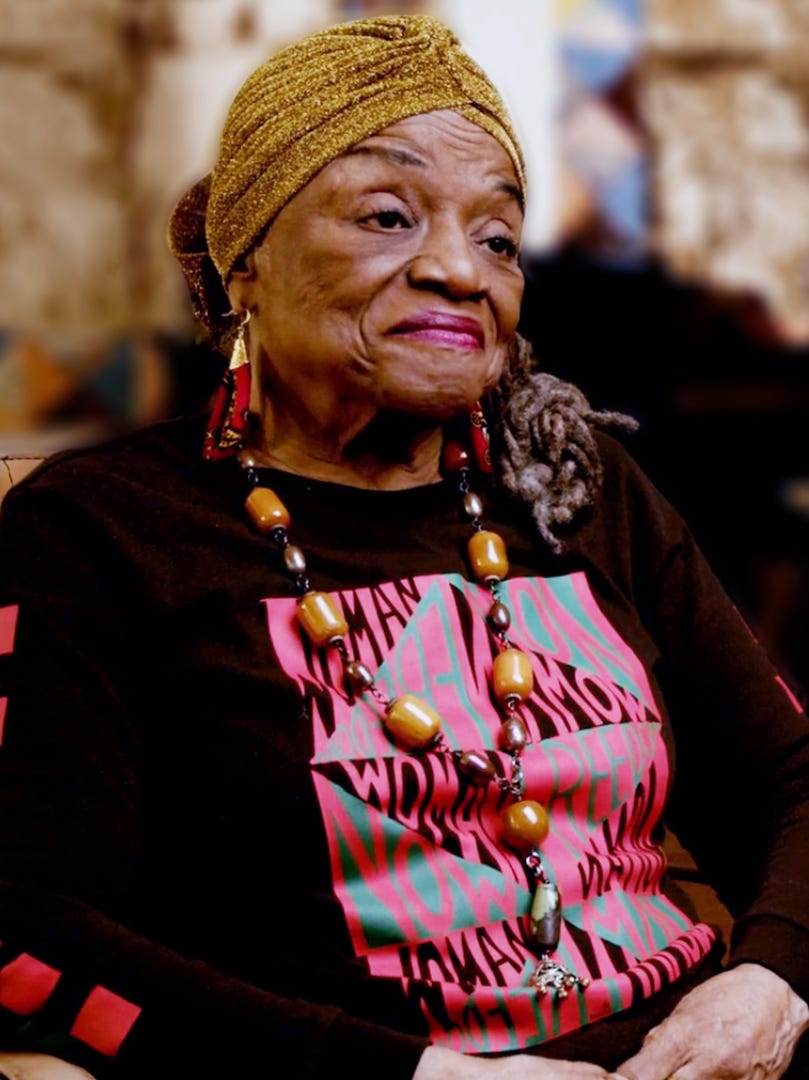A New Selected Works Book for the Fine Arts Museums of San Francisco
By Publications department
May 5, 2022
The selection of works was made across the curatorial divisions housed at the de Young, including arts of Africa, Oceania, and the Americas; American art; contemporary art and programming; and costume and textile arts, along with modern and contemporary examples from the Achenbach Foundation for Graphic Arts at the Legion of Honor. As we approached this volume, we thought about the ways that traditional selected works books often reflect the power structures of the museums they represent. Divided by curatorial departments, written by curators, and often including a museum’s most critically lauded artworks, these books may reinforce the colonialist organizing and educational systems that have historically determined how artworks within the museum are categorized, valued, and discussed. With this in mind, we made a series of editorial choices to counteract these forces and take the first steps toward a more democratic presentation of the museum’s collection.
The de Young 125 book jacket features a detail from El Anatsui’s Hovor II, 2004.
Acknowledging that traditional art historical narratives, including those perpetuated by the Fine Arts Museums, have excluded or minimized contributions by Black artists and artists of color, the new book includes objects by Black creators such as Nick Cave, Thornton Dial, and Carrie Mae Weems; works by New Zealander, Mexican, and Japanese artists including Lisa Reihana, Ramón Medina Silva, and Masami Teraoka, respectively; and further examples from other makers whose work has been underrepresented in past selected works publications.
The de Young 125 book open to the entry on Carrie Mae Weems’s Lincoln, Lonnie, and Me—A Story in 5 Parts, 2012.
We also looked to new ways of talking about the collection. Instead of arranging the works in the typical chronological sequence, or by traditional curatorial categories — whose perspectives may uphold or carry remnants of European colonialism — we elected to position the objects within themes that address the human condition both in the present and the past, and around the world. The seven subjects we explored are as follows: Abstracted, Adaptation and Transformation, Belief Made Manifest, Craft and Industry, Dynamics of Power, The Natural World, and A Sense of Place. These topics gave us various points of discussion about art and the making of art across time and place, underlining a humanity and a dignity that exists within all persons, regardless of era and location.
To help tell these stories in unique new ways, we enlisted poets who facilitated our Poets in the Galleries program, which our Education department hosted for more than twenty years. Kim Shuck and devorah major wrote insightful introductions to the themes to balance with the curatorial entries that accompany each featured work. These dynamic introductions offer new frameworks in which to consider the works in our collection beyond the ways these works might have been discussed in the past. To give a sense of this approach, here is one sentiment from the catalogue’s introduction by major and Shuck:
The de Young was born from an impulse of curiosity combined with a civic pride for the growing metropolis, and the bounties of imperialism that brought light to the art of many cultures. At 125 years of age, the museum represents one of the city’s first institutions and is among the country’s oldest art museums. The perspectives have evolved, the collections have expanded, but the core value of curiosity remains. How do we learn about each other? How do we learn about ourselves?—Kim Shuck + devorah major
The book also features a new timeline of the museum’s history, which was compiled by our former archivist Araceli Bremauntz-Enriquez. In composing this element, she sought out stories that diverged from the institution’s dominant narratives to privilege exhibitions and events featuring artists of color and centering historically marginalized themes. Did you know that the de Young hosted Ruth Asawa’s first solo exhibition in 1960, or that it held The Rainbow Show in 1975, including a “Primordial Swamp” room? These are just a few of the intriguing topics that Bremauntz-Enriquez uncovered in her extensive research for the volume. We also created a digital adaptation of the timeline through Google Arts and Culture to make information about the de Young’s history available online to everyone.
The de Young 125 book open to pages from Araceli Bremauntz-Enriquez’s timeline.
The book is rounded out by texts about the collections, a story on the museum’s architecture — including all three of its buildings — and a photo essay highlighting the Barbro Osher Sculpture Garden.
To make this material accessible to a wider audience, the book is available in three languages — English, Chinese, and Spanish — in our Museum Stores now. Its sister volume, Legion of Honor 100, will spotlight 100 artworks and will be published in 2024, to celebrate the centenary anniversary of the Legion of Honor.
As we prepare this publication, we consider many of the same questions as we did when making de Young 125: Which voices does the book center, and which bodies of knowledge does it privilege? At the core of this work is a multifaceted challenge — how can a museum publication highlight a group of “selected works” without reinforcing the hierarchies and power structures embedded in the very act of curatorial selection? Drawing on the innovative narrative and categorical approaches we developed for de Young 125, we believe the book will offer a nuanced response that will contribute to the Museums’ anti-racist initiatives.
The de Young 125 book open to the entry on Alexander McQueen’s Evening dress, 2010, shown in all three language editions.
Text by the Publications department.
Images: Views of the book de Young 125, published by the Fine Arts Museums of San Francisco and distributed by Cameron + Company / Abrams Books in 2021. Photographs by Randy Dodson, © Fine Arts Museums of San Francisco.
